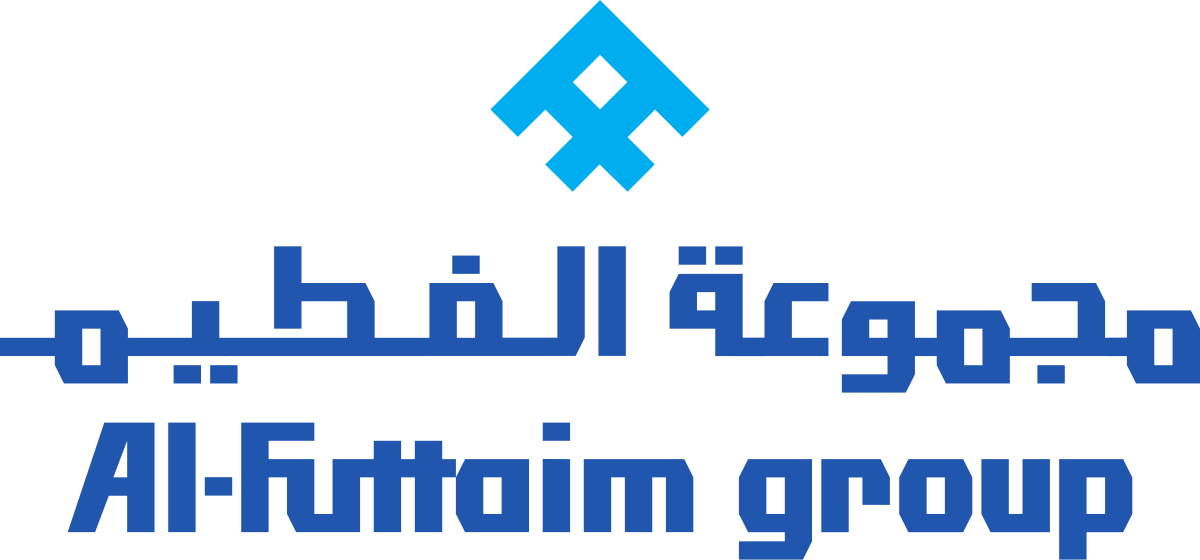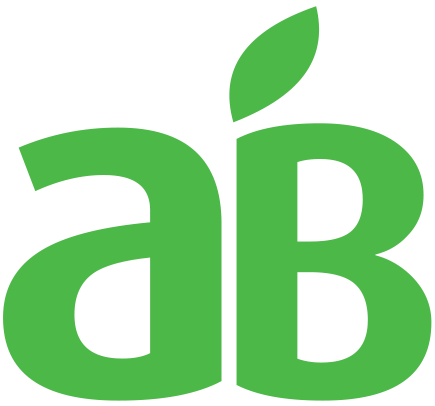The Architecture of Modern Software Development
Software development for organizations can be complex and full of unknowns. Which tech stack should be used? How do you ensure that features are delivered quickly without compromising code quality? How do you balance scalability, security, and maintainability while meeting business needs?
Here we want to share our experience building custom software solutions from the ground up — how we designed processes based on client requirements and how the software architecture evolved as new features and integrations were added.

Start Shaping the Process
What we had at the start:
-
Minimal automation, with critical workflows handled manually.
-
Lack of real-time insights and inefficient reporting.
-
A clear need for a scalable, flexible platform that could grow with the business.
A growing enterprise struggling with fragmented software and legacy tools.
We started simple — building the core modules first, focusing on the most critical business operations. As development progressed, we added integrations, analytics dashboards, and automated workflows. Short development cycles allowed stakeholders to see tangible progress quickly, building trust and confidence in the new platform.
This incremental approach reduced risks and kept the development team motivated by showing measurable results at each stage.
How Did We Approach Software Architecture?

From the beginning, the software had to be scalable, secure, and modular. Key considerations included:
Cloud-ready infrastructure for flexibility and scalability.
Modular architecture for easy addition of new features and integrations.
Secure and compliant design to protect sensitive business data.
Real-time analytics for better decision-making.
The choice of technology stack was guided by the client’s existing infrastructure and future requirements. We implemented CI/CD pipelines, automated testing, and version control best practices to ensure high code quality and maintainability.
By standardizing deployment and using Infrastructure-as-Code (IaC) practices, we avoided “black box” issues often seen in legacy systems, making the software transparent, auditable, and easy to manage.
The Result
By building the software solution step by step, the client achieved:
Seamless Integration – unified multiple workflows into a single, cohesive platform.
Improved Efficiency – automated repetitive tasks, freeing staff to focus on value-added work.
Real-Time Insights – dashboards and reporting tools for faster and smarter decisions.
Scalability – the modular architecture allowed easy expansion as business needs grew.
The custom software platform is now the backbone of operations, enabling leadership with actionable insights and teams with tools that simplify and accelerate daily tasks.
More than 300+ companies trusted us and collaborated with us







